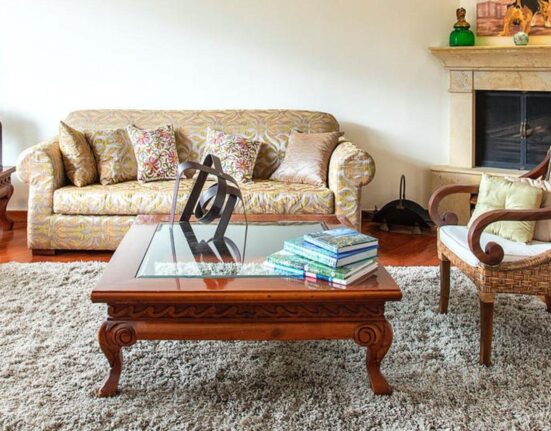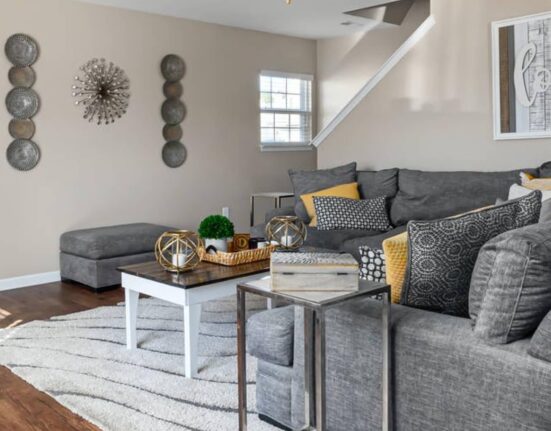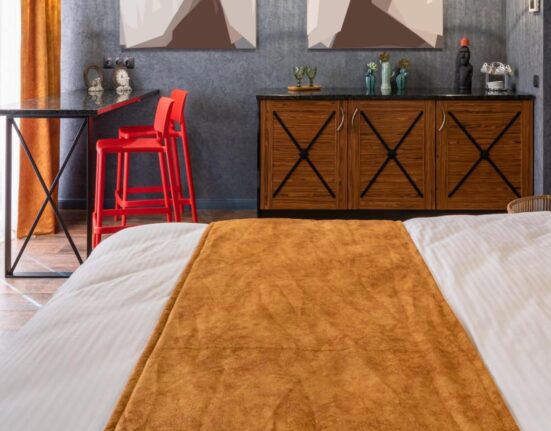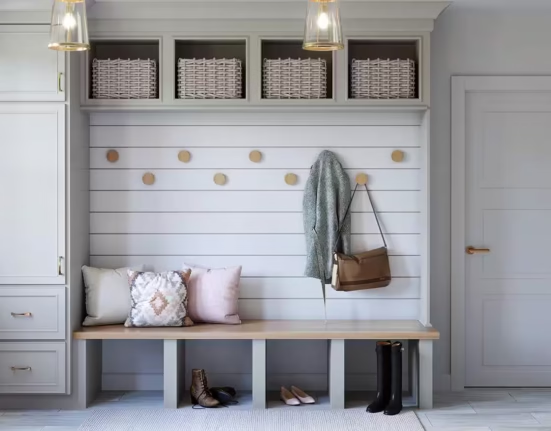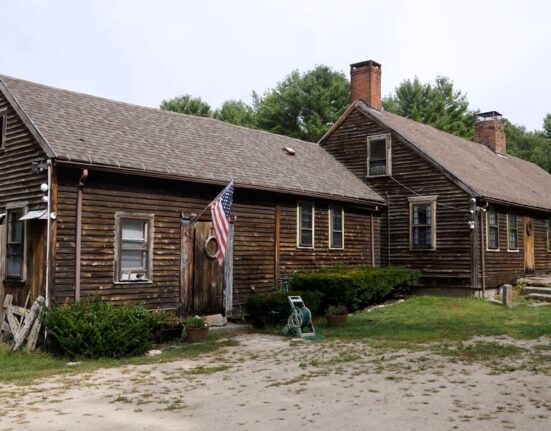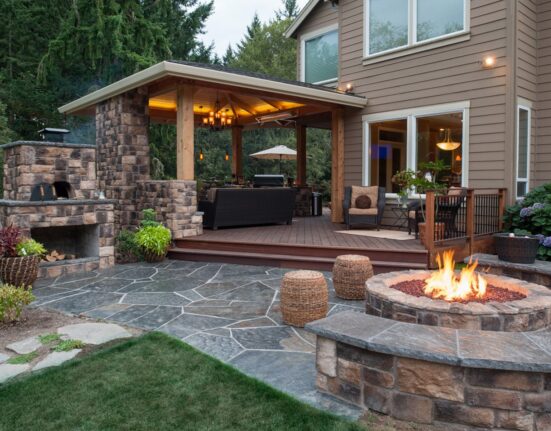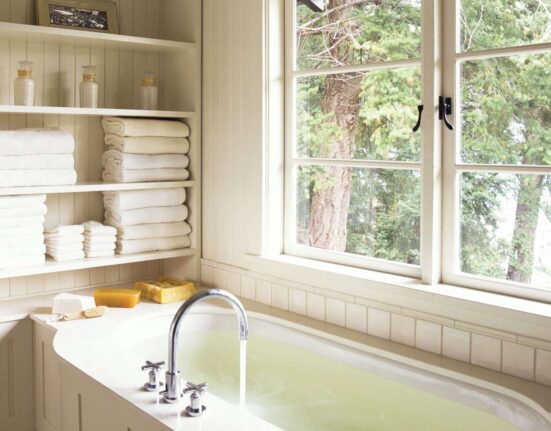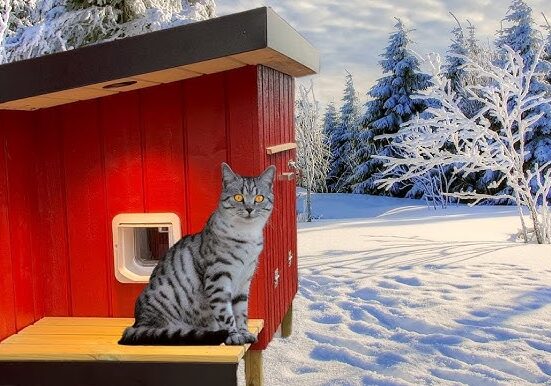Victorian houses are iconic structures that continue to captivate homeowners, architects, and interior designers around the world. These homes, built during the reign of Queen Victoria (1837–1901), are rich in history and architectural charm. Today, Victorian houses are often sought after for their unique designs, ornate details, and historical significance. This article will explore the characteristics of a Victorian house, its historical context, and why these houses remain a timeless choice for modern homeowners.
What Makes a Victorian House Unique?
A Victorian house is more than just a place to live; it is a statement of architectural grandeur and historical significance. These homes were built during a time of rapid industrial growth, and their design reflects the innovation and opulence of the era. The term “Victorian house” encompasses a wide range of architectural styles, but there are several key features that distinguish these homes from others.
Distinctive Architectural Styles
While Victorian houses share many common characteristics, there are different architectural styles within the Victorian era. Some of the most popular styles include:
- Gothic Revival: Known for its pointed arches, steep gables, and intricate detailing, the Gothic Revival style is dramatic and imposing.
- Second Empire: This style features mansard roofs and elaborate cornices, often seen on multi-story homes.
- Queen Anne: One of the most beloved styles, the Queen Anne Victorian house is characterized by asymmetrical facades, wrap-around porches, and decorative woodwork.
- Italianate: With its low-pitched roof, tall windows, and ornate cornices, the Italianate style evokes the grandeur of Italian villas.
- Stick Style: This style emphasizes wooden framework, exposed beams, and vertical lines, creating a more rustic but still stately appearance.
Each of these styles offers something unique, but all share the intricate details and craftsmanship that are hallmarks of the Victorian era.
Ornate Exteriors and Intricate Details
The exteriors of a Victorian house are often adorned with intricate trim work, bay windows, and decorative elements like spindles, turrets, and dormer windows. These details make Victorian houses visually striking and filled with character. The use of bold colors, such as deep greens, purples, and reds, further enhances the dramatic effect, making each house feel like a work of art.
The prominent use of wood in construction, particularly in the Queen Anne style, allows for the creation of elaborate patterns, from scalloped shingles to intricate latticework. The exterior is often the most visible element of a Victorian house, and it stands as a testament to the craftsmanship of the period.
The History Behind the Victorian House
Understanding the historical context of a Victorian house gives us a deeper appreciation for its design and features. These houses emerged during a time of significant change in both England and the United States.
The Industrial Revolution and Urbanization
The Industrial Revolution, which began in the late 18th century, brought significant social and economic changes. During Queen Victoria’s reign, there was rapid industrialization, especially in Britain and the United States. As cities grew, the demand for housing increased, and new building techniques allowed for more intricate and elaborate designs.
Victorian houses were often built in urban areas, where industrial wealth and a growing middle class were fueling the demand for stylish homes. The rise of railroads and mass-produced materials made it easier to build these large homes quickly, and they became symbols of wealth and sophistication.
The Influence of Queen Victoria’s Reign
Queen Victoria’s long reign from 1837 to 1901 left a lasting imprint on many aspects of British culture, including architecture. Her reign saw the rise of the British Empire, and the Victorian era became synonymous with elegance, refinement, and artistic expression. As such, the homes built during this time reflected the opulence and grandeur of the era.
In the United States, the Victorian house style became widely popular during the late 19th century, particularly after the Civil War. As the country grew, so did the desire for homes that reflected both affluence and individuality. The Victorian house, with its elaborate designs and varied styles, offered a way to express personal taste and status.
The Modern Appeal of Victorian Houses
Despite being over a century old, Victorian houses remain highly desirable today. There are several reasons why these historic homes continue to captivate modern homeowners and architects alike.
Timeless Elegance
The ornate details and timeless beauty of a Victorian house are still highly sought after in modern architecture. The craftsmanship seen in these homes is unparalleled, with hand-carved woodwork, stained glass windows, and high-quality materials that have stood the test of time. These elements give a Victorian house a sense of charm and character that is difficult to replicate with contemporary designs.
Sustainable and Durable Construction
Many Victorian houses were built with durability in mind. The materials used—such as brick, stone, and high-quality timber—are known for their longevity and resilience. In today’s world of mass-produced homes, the quality of construction in a Victorian house is often seen as superior.
Additionally, the materials used in these homes were often sourced locally, which gives them an environmental advantage in terms of sustainability. Many Victorian houses are now being renovated to meet modern energy standards, preserving their beauty while making them more energy-efficient.
A Strong Sense of History
Owning a Victorian house means owning a piece of history. These homes carry with them stories of past generations and a connection to an era long gone. Many modern homeowners appreciate the opportunity to live in a space that holds historical significance, especially if the house has been preserved or restored to its original glory.
Modern Renovations and Restorations
While the exterior of a Victorian house may retain its historical charm, the interior can often be updated to meet the needs of today’s homeowners. Modern renovations have transformed many Victorian houses into comfortable and functional homes while still preserving their historical features. Open floor plans, updated kitchens, and modern bathrooms are often incorporated into the original structures to create a perfect blend of old and new.
Common Challenges of Owning a Victorian House
While owning a Victorian house can be a dream come true, there are some challenges to consider before making the leap.
Maintenance Costs
Due to their age, Victorian houses may require more upkeep than modern homes. The intricate details and original features often need regular maintenance to ensure they remain in good condition. This can be costly, particularly if the house has not been properly maintained over the years.
Limited Space and Layout
Many Victorian houses were built with compartmentalized rooms, which may not suit modern preferences for open-concept living spaces. Homeowners may need to make significant changes to the layout to create a more contemporary flow, which can be a challenging and expensive process.
Expensive to Renovate
Renovating a Victorian house can be a complex and expensive endeavor, particularly if the goal is to preserve the home’s historical integrity. Finding original materials, such as wood trim or stained glass windows, can be difficult and costly. Specialized craftsmanship may also be required to restore certain features, adding to the expense.
Conclusion: The Enduring Appeal of the Victorian House
Victorian houses are more than just homes—they are a celebration of history, craftsmanship, and elegance. From their unique architectural styles to their ornate detailing, these homes stand as a testament to a bygone era. Whether you’re drawn to the charm of a Queen Anne style or the grandeur of an Italianate Victorian house, these homes continue to captivate and inspire.
While owning a Victorian house comes with its share of challenges, the rewards are immense. From their timeless beauty to the sense of history they convey, Victorian houses remain a sought-after treasure for homeowners looking for something truly special. With careful maintenance and thoughtful renovations, a Victorian house can continue to serve as a comfortable, stylish, and functional home for generations to come.



